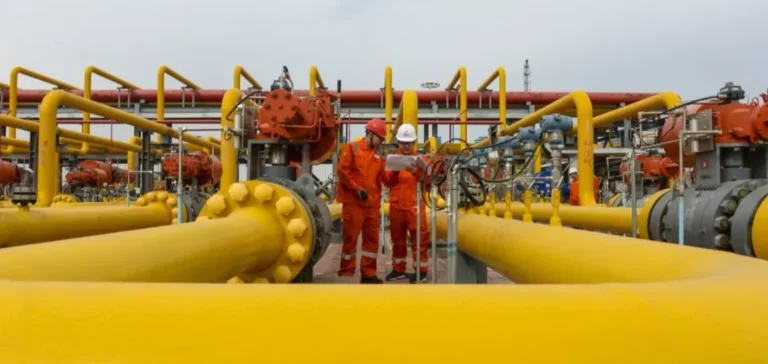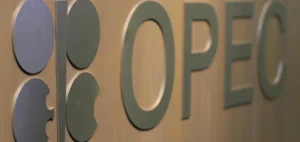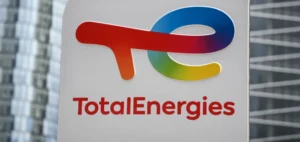China’s oil production has been rising again since 2019 after a sharp drop in 2016. This rebound occurs as the country still relies on imports for more than 70% of its oil needs. In 2024, imports fell for the first time in over four decades, although they stabilized in the first half of 2025.
Shifting production regions and fields
The main oil-producing regions, accounting for 85% of national output in 2024, are showing contrasting trends. Offshore fields in Bohai and the South China Sea saw production increase by 29% and 49% respectively since 2018. Onshore, Xinjiang and the Ordos Basin recorded significant growth, while legacy fields such as Daqing and Shengli continued to decline. Daqing’s share of national production dropped from 43% in 1995 to just 16% in 2024.
The role of national oil companies
The rebound is largely driven by state-owned companies. PetroChina, CNOOC and Sinopec have expanded their exploration and production investments since the launch of the government’s seven-year action plan in 2019. CNOOC distinguished itself with a 40% rise in domestic production between 2019 and 2024, achieved through a fourfold increase in investments, mainly in Bohai Bay and the deepwater South China Sea. PetroChina, despite heavier investments, recorded only a 6% growth in production over the same period.
Government incentives and tax adjustments
Beijing supported the recovery with fiscal and regulatory measures. Amendments to the Resource Tax Law reduced tax rates on difficult fields by 20% to 40%, while customs duties and VAT were waived on certain imported oilfield equipment. These incentives strengthened the position of national companies which, despite high operating costs in mature or unconventional fields, continue to invest heavily.
Costs, reserves and capital efficiency
Cost control remains a central challenge. CNOOC maintains a significantly lower operating cost per barrel compared with PetroChina and Sinopec, benefiting from more favorable resources and an upstream-focused structure. Proven reserves have also increased, particularly for PetroChina with new discoveries in the Tarim and Junggar basins. CNOOC, meanwhile, doubled its reserves in Bohai Bay since 2016.
Production outlook and upcoming challenges
Government pressure to sustain high levels of output is expected to continue beyond 2025, with tax exemptions on oilfield equipment extended until 2029. However, costs are likely to rise as companies develop deeper and more unconventional deposits. Profitability during periods of low international oil prices remains uncertain, especially for CNOOC which lacks downstream refining activities to balance market volatility.






















